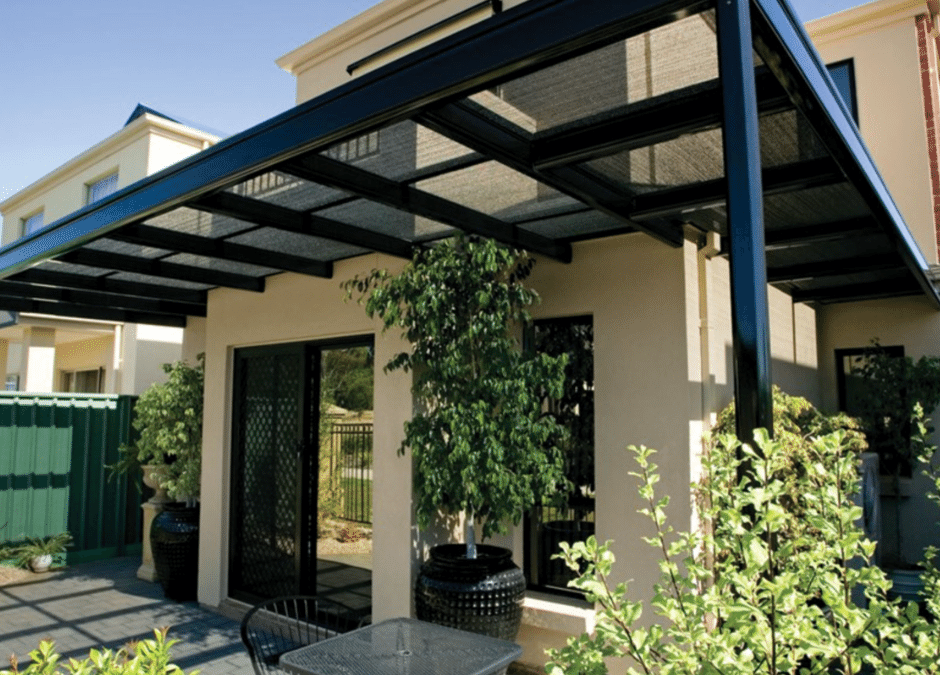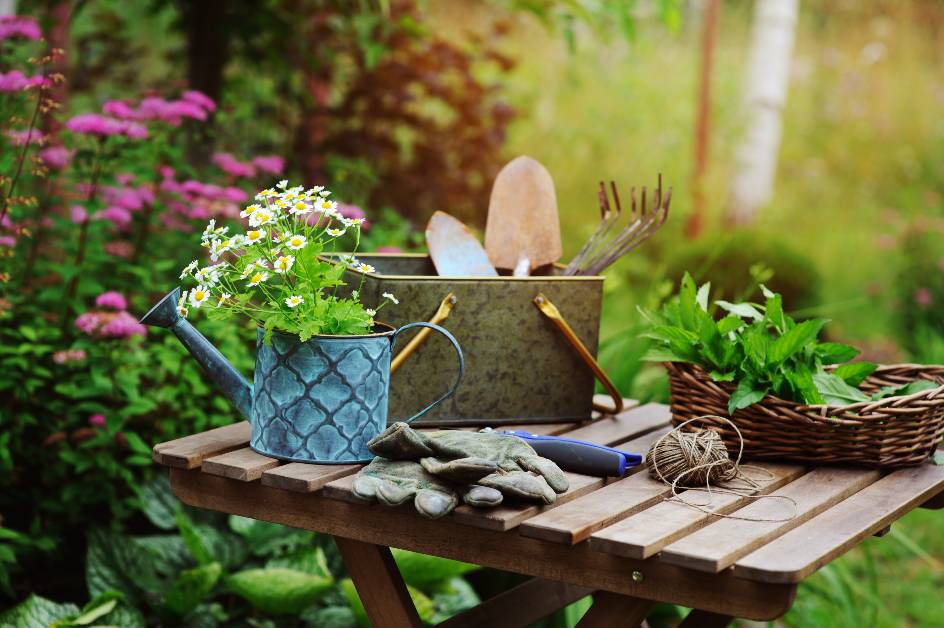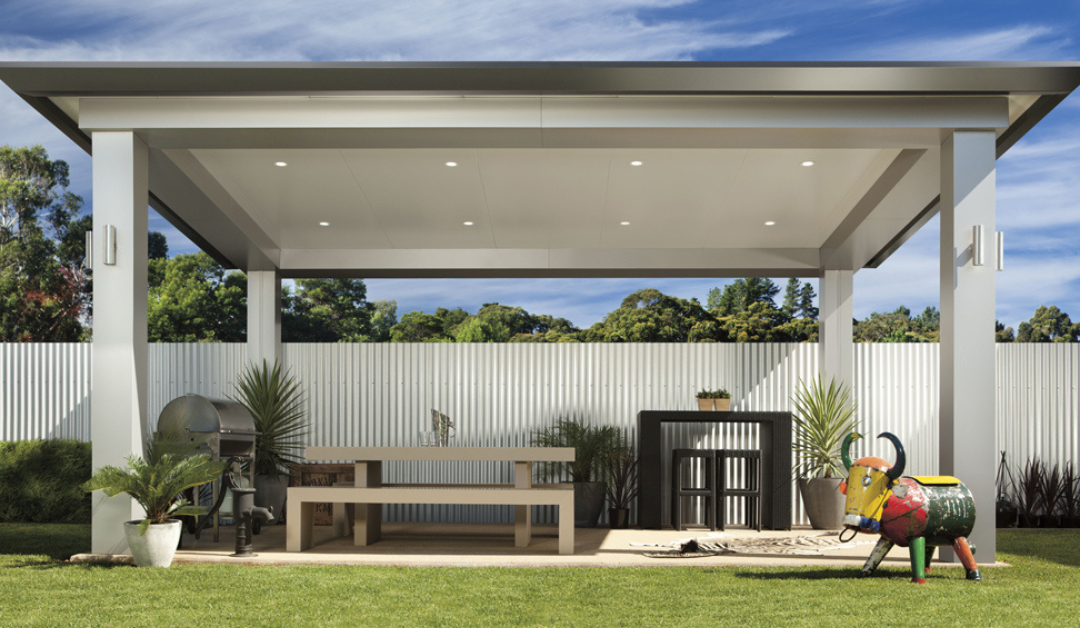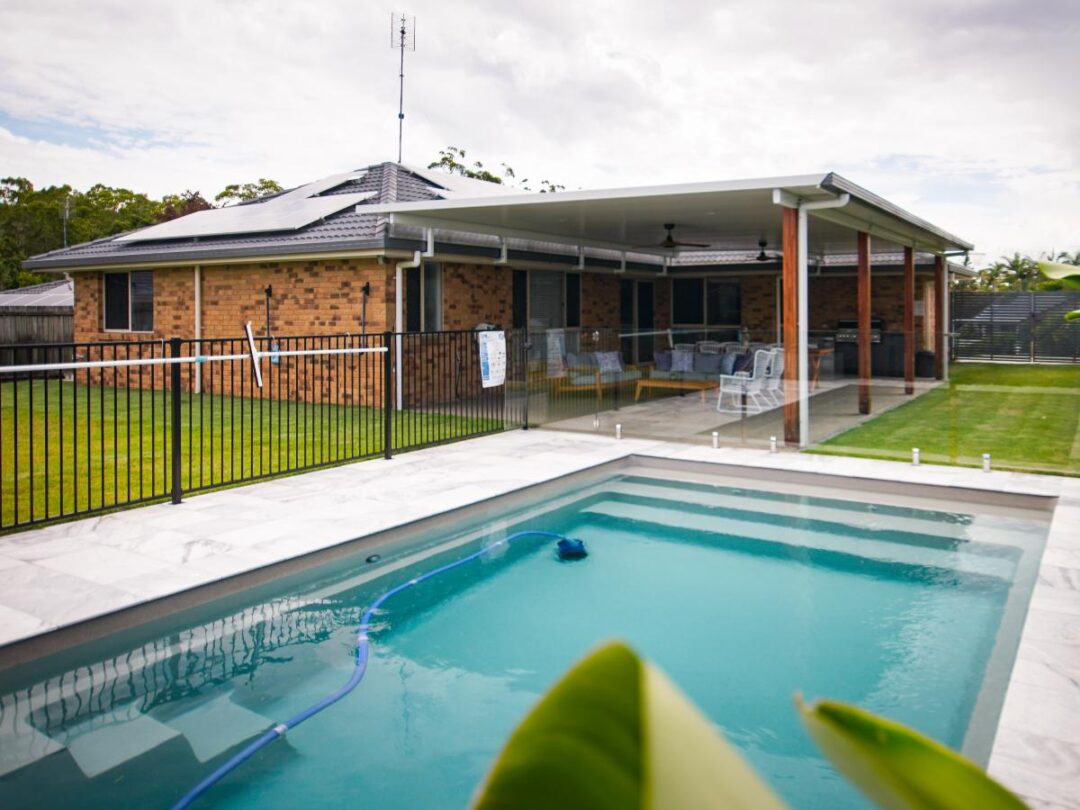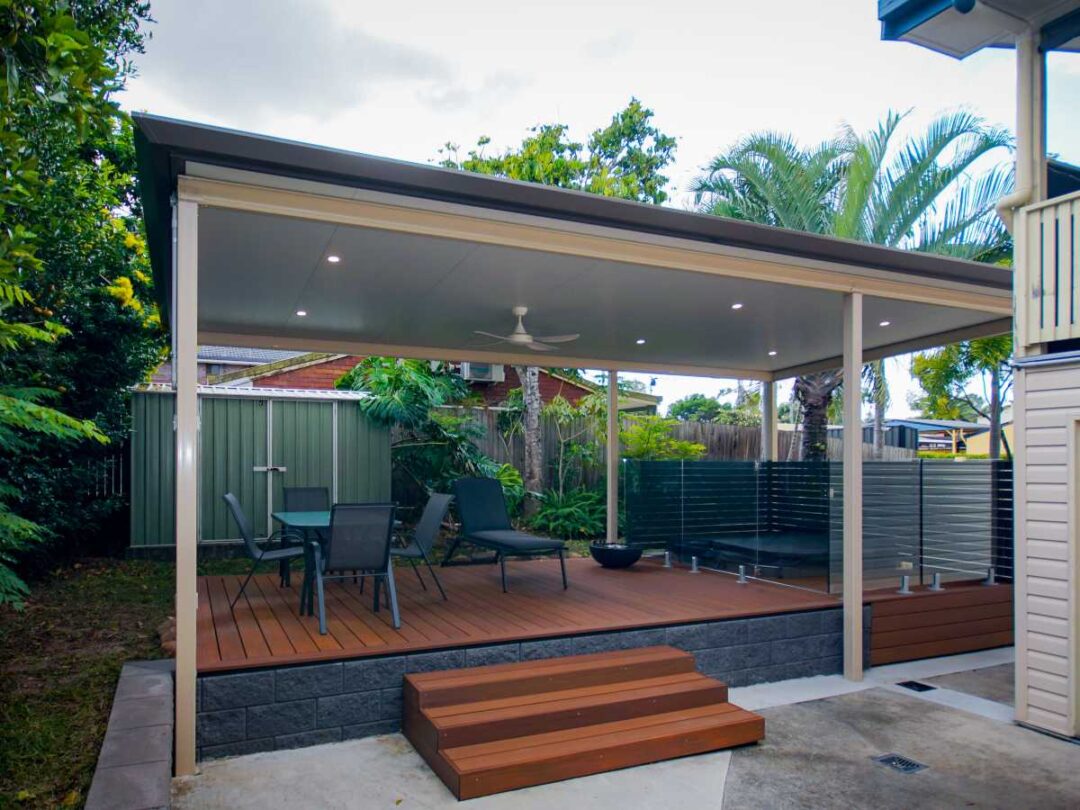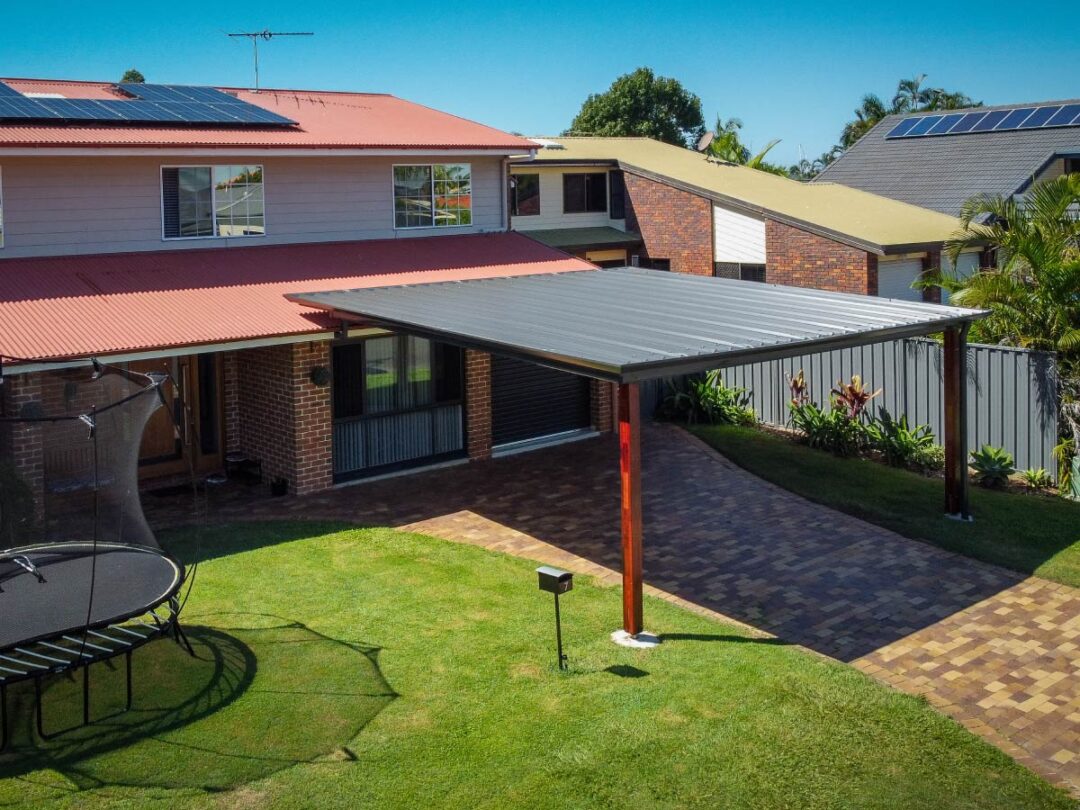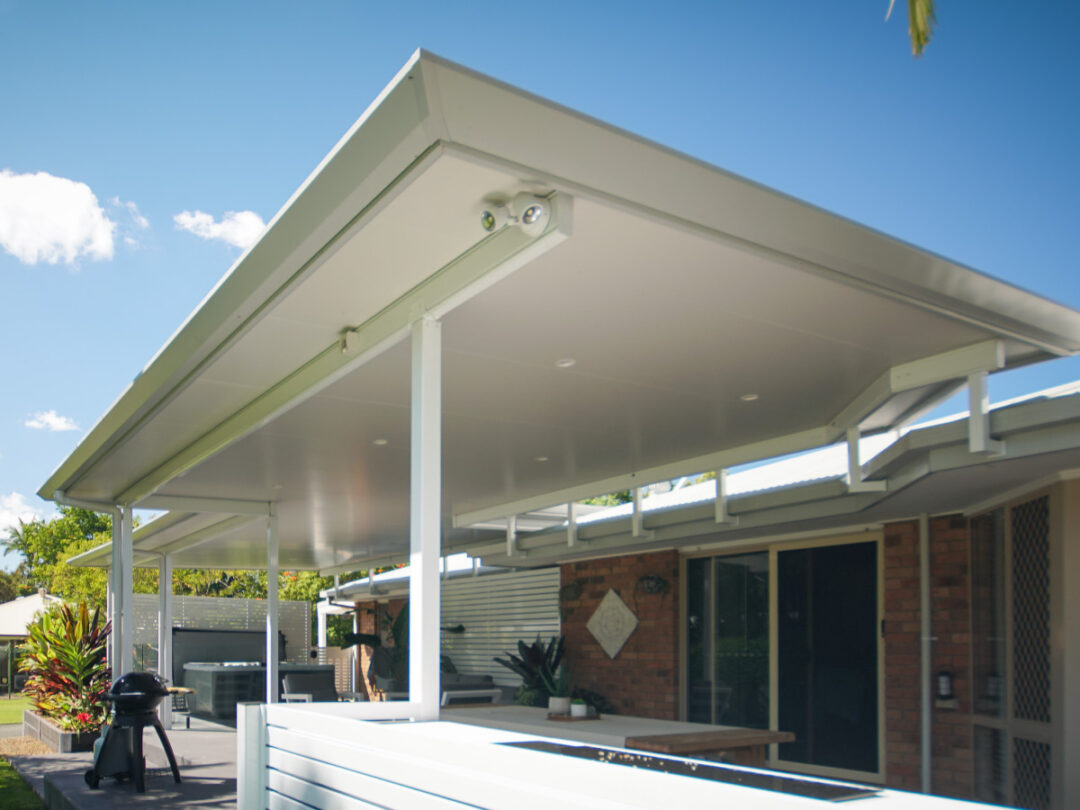We love gardens because they bring us closer to nature and let us enjoy the grass beneath our feet without venturing past the backyard. However, we often forget that maintaining our green yards can be quite harmful to the environment.
Our manicured gardens that are protected with pesticides and covered in grass have quite a carbon footprint. Water consumption, pest repelling and high maintenance are common problems that cause more harm than good.
If you want to enjoy a more environmentally friendly backyard, check out these fantastic tips!
Plant More Trees
Trees are one of the best things you can have in your yard. They offer free shade, provide privacy and protect other plants that grow near them. Not to mention they give us oxygen and stabilise soil conditions. Just one tree can provide a day’s worth of oxygen for four people, so by planting one tree, you’ve already done a big part in supporting the ecosystem – good work!
Native Gardens
Planting a native garden will tremendously improve the biodiversity of your backyard garden. These pollinators are excellent food sources and shelters for native insects and birds. Not only do native Australian plants look and smell amazing, but they’re easily recognisable by animals that are vital to our ecosystem. Not sold yet? Because they’ve evolved to withstand our environment, you won’t have to use as much water for their upkeep.
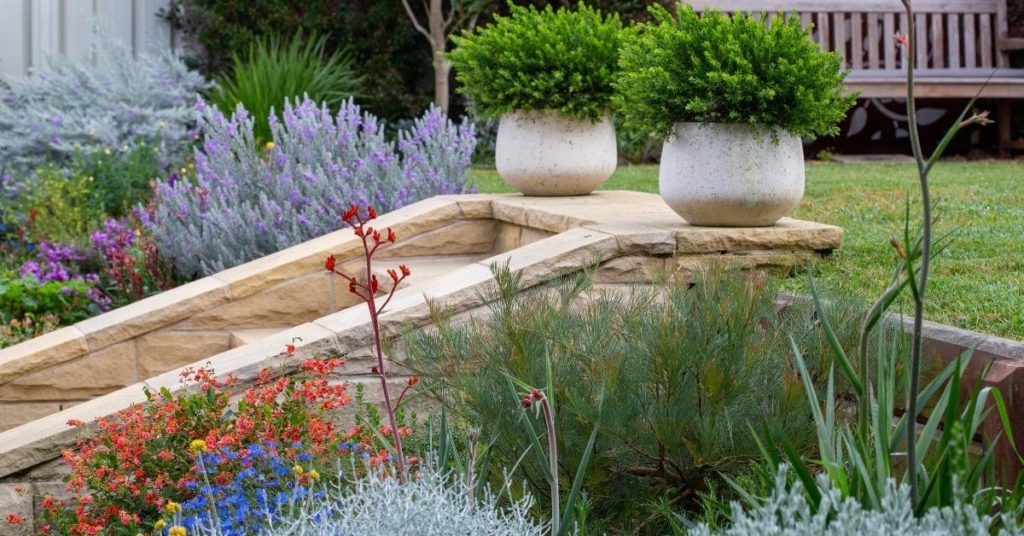
Solar Panels On The Roof
Solar panels are the go-to backyard upgrade many Australians choose first to reduce their energy consumption. These can be placed on the roof to help sap up some golden solar rays and shave a few bucks off your monthly bills.
Recycled Furniture/Materials
Making a sustainable garden isn’t all about what you grow. It’s just as important to make smart choices regarding the materials you use for construction and furniture. By looking for recycled/repurposed materials, you lower the demand for harvesting. That means you’re not contributing to the pollution and environmental footprint that comes with harvesting and processing brand new materials. What’s better is opting for things that can be recycled once more when you’re done with them. That way, you’ll continually have an eco-friendly impact.
Water Collector
Even a small rain tank can help lower your water consumption when it comes to watering your garden. It’s easy enough to set up a tank that gathers rainwater from your gutters and stores it. There are plenty of tank sizes for both urban and rural needs. We’ve even seen people utilise old wood barrels. If you don’t want to use rainwater in your home, just use it unfiltered for watering plants and your garden.
Organic Mulching
Your green-thumb mate has probably already talked your ear off about how good mulching is. While the topic may seem like dull conversation at a BBQ or party, they’re 100% right. Using organic mulch regulates soil temperature, traps moisture and prevents weed growth. Those are three big ways to lower waste. A solid mulch system will reduce how much water you need to use in your garden and helps you avoid the use of garden chemicals. Plus, most organic mulch is pretty easy to come by. The most common are wood chips, lawn clippings, straw, leaves and shredded bark.
Incorporating mulch throughout your landscape can reduce outdoor water usage by as much as 50%. Just make sure to use natural – biodegradable mulch, so it doesn’t become an issue for the environment down the line.
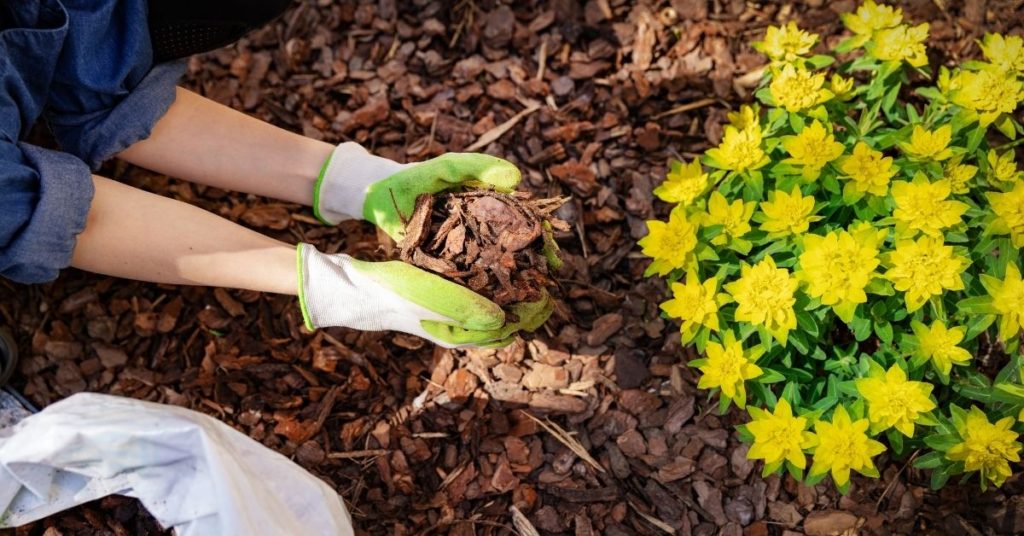
Avoid Grass
Grass lawns are water guzzlers and are pretty needy, especially in Australia. Let’s dive into why we have grass lawns first. A nice, lush lawn was seen as a status symbol with origins in the European aristocracy. This desire for ‘the perfect lawn’ moved over to the United States and became a staple of the Nuclear Family dream. But, it takes a lot of water to keep grass happy – and Australia has it much worse because of the hot climate.
If you love the idea of a green backyard, there are several grass substitutes that require less water and will add a unique flair to your home.
Native grasses will need less watering since they can handle the heat better. For Queensland, we recommend Redgrass, a warm-season native grass that thrives in coastal, tableland and sloping environments. It has a greenish-red colour and hardly needs to be mowed.
Moss lawns can stay green even through scorching summer seasons, and they feel great underfoot. It’s also very malleable and can easily grow between stepping stones or pavers in your garden. These work best in shady spots like under trees or near tall gardens.
Clover is another popular alternative that can cover full lawns just as well as grass. It is pretty resilient and stays green even in times of drought. “But what about the smell of grass?” we can hear you say. Don’t worry, clovers give off a pleasantly sweet scent and will even bloom flowers if you like.
They also stay pretty compact, so you won’t have to mow as much. But, if you love the neat manicured look, nothing is stopping you from giving a clover lawn a trim. In fact, it can promote growth and stop them from flowering if you decide you don’t like the look.
That’s just scratching the surface, check out some of the following options:
- Oregano grass
- Creeping perennials
- Lawn chamomile
- Kidney weed
Keep Bees!
Bees are important, haven’t you seen the Bee Movie? They act as important pollinators for our native ecosystems. If you’re not a fan of stinging insects, there are species of native bees that can’t sting. They’re pretty cool guys, and they still make honey. Neat!
Contact SEQ Patio Group now to inquire about your future patio!

